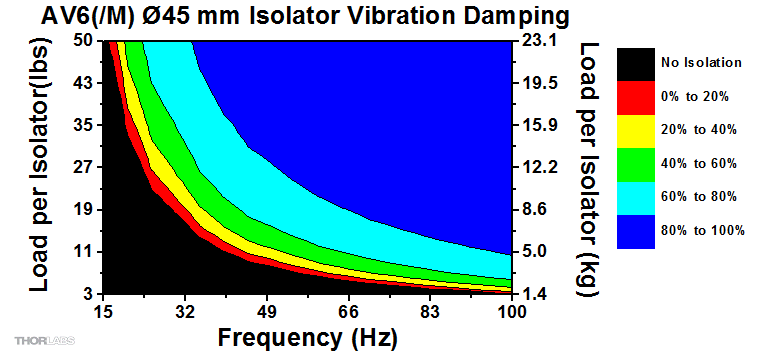Re: Monitor Flush Mounting Method
Posted: Tue Jul 28, 2015 7:20 am
Hi!
After moths of being just the reader of this forum I decided to ask some questions. I'm trying to figure out the best way for flush mounting my monitors and prepare as best as I can before building process. I've found the formula below posted few years ago by Eric Best.
1. If monitor have low shelf control starting from 300/400Hz wouldn't it make a huge frequency drop between 93 and 300/400hz?
2. What about the height of the baffle, or the surface size in m2? Isn't it required?
3. What is the meaning of 4560 number?
4. If my understanding is correct, should I build crossover starting the shelfing from 93Hz down instead of monitors build in low shelf?
I hope I've put it clear as my english is very poor. It would be great to hear from you guys, and Eric.
After moths of being just the reader of this forum I decided to ask some questions. I'm trying to figure out the best way for flush mounting my monitors and prepare as best as I can before building process. I've found the formula below posted few years ago by Eric Best.
I understand that 7" and 18" width baffles with single driver flushed in that baffles are just examples and showing how frequency roll off can vary. If we change values to let's say 50" width (similiar in size to real baffle), the roll off frequency will start from 93Hz, which means (if I understand correctly) that all below 93Hz would be boosted +6db when flush mounted. Or maybe I've messed all this?!Eric Best wrote:
f3 = 4650/x where x is the baffle width in inches.
So for the 7" baffle we used you have 4650/7=651.43hz.
1. If monitor have low shelf control starting from 300/400Hz wouldn't it make a huge frequency drop between 93 and 300/400hz?
2. What about the height of the baffle, or the surface size in m2? Isn't it required?
3. What is the meaning of 4560 number?
4. If my understanding is correct, should I build crossover starting the shelfing from 93Hz down instead of monitors build in low shelf?
I hope I've put it clear as my english is very poor. It would be great to hear from you guys, and Eric.

